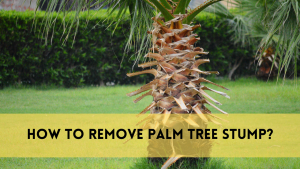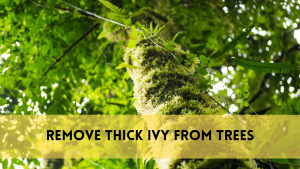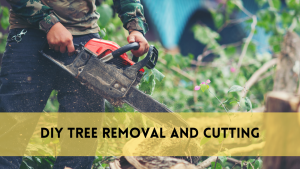Planting and nurturing trees is an investment in the long-term health of the environment, and knowing when to remove tree stakes is critical for promoting healthy, self-sufficient growth. In the arboriculture world, Kingwood Arborist is a beacon of expertise, providing essential insights into the complex process of stake removal. As environmental stewards, we go on a journey to discover the delicate balance between offering initial support and understanding when to let go.
We’ll look at the art and science of tree stake removal, with guidance from Kingwood Arborist. We investigate the complexities of determining tree maturity, managing environmental constraints, and implementing precise stake removal techniques via the prism of experience and authority. Join us on this complete journey, where each word provides you with the knowledge you need to grow trees into resilient, self-sustaining beings.
Understanding the Optimal Growth Period
Unlocking the secrets of optimal tree development requires careful study and expertise. Kingwood Arborist sheds light on the critical topic of determining the best development time for trees while using stakes. Trees, like any living entity, go through many stages of development, and understanding the right time to remove stakes is crucial.
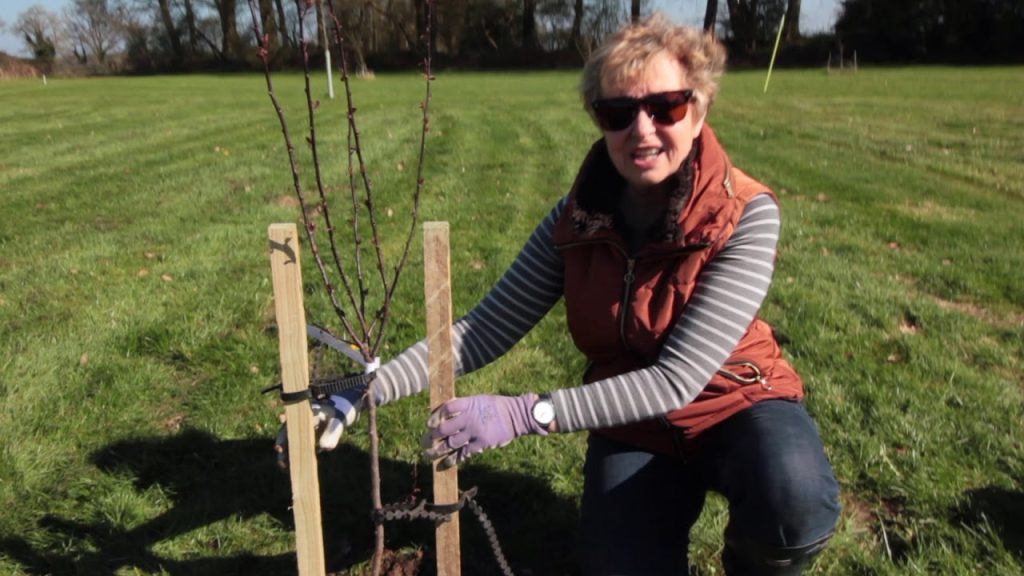
This section delves into the deep elements of a tree’s growth cycle. With a plethora of experience, Kingwood Arborist leads us through the cues that indicate when a tree is ready to support itself. We examine the variables affecting ideal development and how they relate to the choice to pull stakes from the very beginning of planting to the slower maturing phase. You will have a deeper grasp of when your tree is ready to thrive on its own without outside assistance by solving the puzzle of the ideal growth phase, which will ensure a strong and resilient tree in the future.
When to remove tree stakes
It’s important to carefully consider your tree’s development and surrounding circumstances when deciding when to remove tree stakes. A developed root system, a robust trunk, and well-balanced branching are examples of visual clues that Kingwood Arborist suggests taking into account. The tree is probably mature enough to remove its stakes at this point.
The best time to remove stakes from a tree is when it can stand on its own without bending or leaning too much. Kingwood Arborist stresses the value of watching your tree to make sure it can swing in the wind gracefully and without assistance from outside sources.
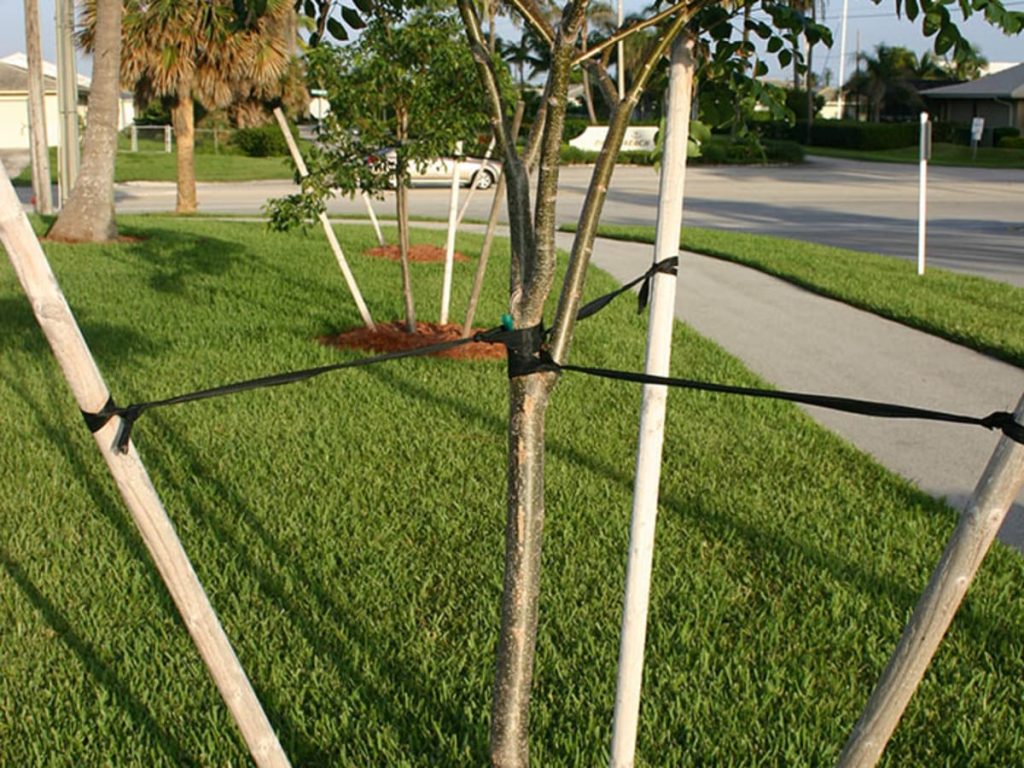
Furthermore, the weather and the state of the soil are important environmental elements. A good stake removal process depends on selecting a time of stable weather and making sure the soil is not too wet or dry. You may make an informed decision that supports the health of the tree and its capacity to flourish on its own by integrating environmental factors with visual cues.
How Stakes Contribute to Tree Stability
One of the main goals of arboriculture is to ensure the stability of young trees, and stakes are essential to maintaining this delicate balance. With a wealth of knowledge, Kingwood Arborist explains how stakes help maintain the stability of trees. Stakes are more than just structural supports; in the early years of a tree’s existence, they guard the tree by offering vital support against outside pressures. This section examines the various advantages that stakes have to offer. Stakes play a crucial role in the early growth of trees, providing protection from high winds and encouraging straight and upright growth. The insights provided by Kingwood Arborist explore the subtleties of how stakes support young trees and help them build a strong foundation for a long and healthy life. Comprehending the mutually beneficial association between stakes and tree stability is essential for cultivating ideal development and adaptability in your arboricultural pursuits.
Visual Cues That Your Tree Can Stand Alone
It takes skill to discern the visual indications that indicate your tree is ready for independence, and Kingwood Arborist offers insightful advice on how to do so. In this section, we’ll take a closer look at the small but important clues that your tree is ready to take a stand without the assistance of stakes. Using a visual guide, Kingwood Arborist highlights important characteristics, including strong trunk development, solid root systems, and the healthy branch spread. The tree’s self-sufficiency is demonstrated by the way it can swing in the breeze without sagging too much. You can develop the skill to recognize when your tree has reached a maturity point when stakes are no longer required by focusing on these visual indicators. With this deep knowledge, you can better care for your tree as it grows and make sure it survives on its own in the wild.
Pitfalls to Avoid for a Healthy Transition
Prudence is necessary while removing tree pegs, and avoiding typical mistakes is essential to a smooth transition in your tree’s growth. In this section, we explore the several errors that could impede rather than promote your tree’s independence.
Stake removal risks are highlighted by Kingwood Arborists based on their vast experience. Premature removal is a typical mistake that upsets the tree’s support structure before it is ready to stand alone. A further mistake is to ignore the signals of maturity, which can result in postponing the removal of stakes and possibly limiting the tree’s ability to grow naturally. Kingwood Arborist guarantees that your tree makes a smooth and healthy transfer by taking care of these possible blunders. To ensure the safety of your tree and to let it grow naturally in its surroundings, it is crucial to know what hazards to watch out for when taking down stakes.
Related Posts:
How Weather and Soil Conditions Influence Decision-Making
Deciding when to remove tree pegs is not exclusively determined by the tree’s preparedness; external elements, particularly weather and soil conditions, play an important role in the decision-making process. Kingwood Arborist offers deep insights into how various environmental factors determine the best time for stake removal.
In this section, we look at the complicated relationship between trees, weather, and soil. Kingwood Arborist walks us through the influence of seasonal changes on stake removal decisions. Harsh weather conditions, such as strong winds or heavy rain, can slow the process and ensure the tree’s stability. Similarly, soil moisture content and composition influence the tree’s ability to stand alone. how these factors interact provides a comprehensive picture of when to remove tree stakes. Kingwood Arborist’s knowledge guarantees that your selection is perfectly aligned with the current environmental circumstances, supporting a healthy and resilient transition for your trees.
FAQS
How can I tell if it’s time to remove tree stakes?
Pushing gently on the tree trunk can help you determine whether you need to remove the stakes. If the trunk moves freely and does not rely on the stakes for support, it is probably ready for stake removal. In addition, evaluate the tree’s root system to ensure that it is well-established and capable of securely anchoring the tree.
What are the consequences of leaving tree stakes in place for too long?
Leaving tree stakes in place for longer than necessary can cause trunk damage, girdling, and restricted growth. Stakes can also form an artificial support system, preventing the tree from developing sufficient trunk strength and resilience to wind and other environmental forces.
How Do I Remove tree stakes safely?
To remove tree stakes securely, first unhook any ties or straps that hold the tree to the stakes. Then, carefully remove the stakes from the ground, taking care not to disrupt the tree’s root system. Finally, fill up any holes left by the stakes and monitor the tree’s growth to ensure it stays stable without assistance.
Conclusion
Finally, hiring a professional arborist in Kingwood guarantees that your trees are healthy, beautiful, and long-lasting. Understanding when to remove tree pegs and other important parts of tree care will help you maintain a lively and growing landscape. Contact us today for expert advice and specialized tree care solutions.
How useful was this post?
Click on a star to rate it!
Average rating 0 / 5. Vote count: 0
No votes so far! Be the first to rate this post.

